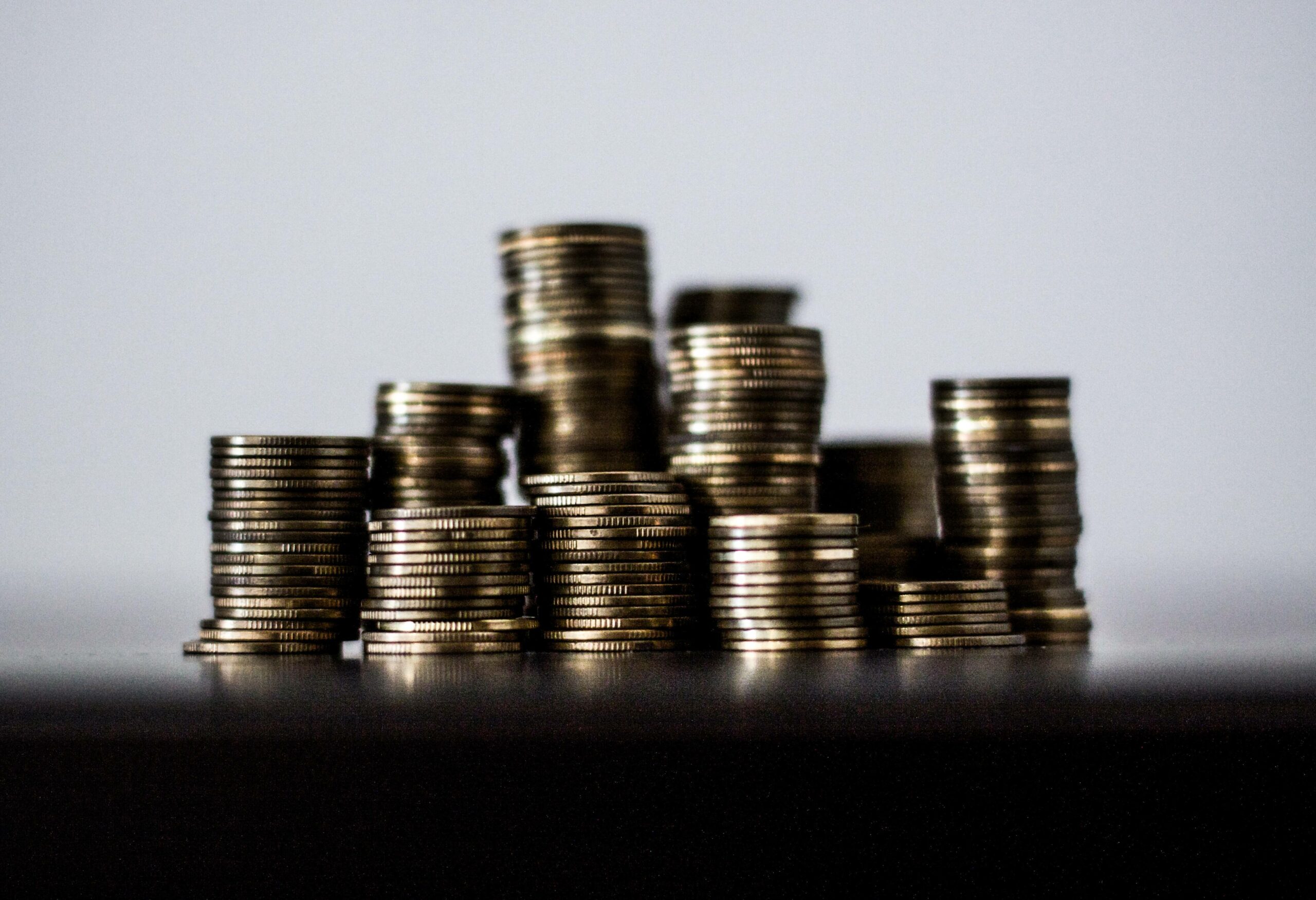
There are many factors that influence customers to buy tours. However, checkout fees aren’t one of them in our experience.
For most businesses in the travel, hospitality, or event industries, the average rate is between 2.63% and 4.31%.
Improving your conversion rate by even 0.5% can lead to thousands of dollars in new revenue.
In this post, we’re diving deep into the psychology of pricing to understand why people buy, as well as sharing tactics you can use today to sell more experiences while increasing profitability.
Understanding Pricing Psychology
Emotions are the real purchasing drivers.
What many business owners and marketers forget is that conversion rate optimization is a process NOT a goal. If you want to stay in business for the long haul, it is about establishing relationships with your customers NOT about how you can increase your conversion rate from 2% to 4% in the next quarter.
This is especially true for service businesses. Whether you sell a zipline tour across a canyon in the Pacific Northwest, a Game of Thrones inspired escape room game in Nashville or a whitewater rafting adventure in the Rockies, you are selling experiences. To take it a step further you are selling the emotions behind the experience. (i.e excitement, having a fun afternoon with friends, etc.).
This means that when it comes to pricing, look to other companies that sell experiences such as professional sports leagues, concerts, and even airlines.
Here are three proven tactics you can use to sell more experiences.
Scarcity
When you are looking to buy a plane ticket, have you ever noticed something like, “only 1 ticket left” next to the price. That’s the scarcity principle in action. We naturally place more value in things that are rare or scarce.
For example, if you run a whitewater rafting company, and you only have 1 instructor and you only do three 8-person trips each day, you can only sell 24 tickets a day. This means if you have sold 20 tickets three weeks out, consider adding a sense of urgency for the remaining 4 tickets as the demand will likely be higher than the supply.
Anchoring
Have you ever noticed how people are willing to wait for 75 minutes in 95 degree heat to ride Splash Mountain – a 2 minute ride – at Disney World?
This is purely an emotional decision. No amount of logic can convince someone to spend 75 minutes for such a short experience.
Disney is a master at anchoring. They know how to persuade people to spend way more than they usually would spend (both in time and money) for experiences.
Studies show that the more a person invests in an experience, the more likely they are to truly value it and talk about it with their friends. Hence, Disney again!
While counterintuitive, you can do this using tactics that incite FOMO and adding strong social proof elements (i.e. customer photos, testimonials, videos, etc) to your website. This will create hype and instantly make your experience seem more valuable.
The Baader-Meinhof Phenomenon
The Baader-Meinhof Phenomenon is when you hear something once and then start noticing it everywhere.
One great example of leveraging this principle at scale is surprise and delight campaigns. They work because they are memorable and out of the ordinary and as a result get more people excited, thinking and talking about your brand.
For example, Southwest Airlines is well-known for their surprise and delight efforts from the flight attendant who raps the safety announcement to the orchestrated effort to fulfill a teen’s birthday wish.
People can’t help but talk about these events. Then, when someone hears one of these stories, Southwest Airlines becomes top of mind. They start to pay attention to any mentions of them that they hear. So when it is time to book their next vacation, which airline do you think they are thinking about?
People can’t help but talk about these events. Then, when someone hears one of these stories, Southwest Airlines becomes top of mind. They start to pay attention to any mentions of them that they hear. So when it is time to book their next vacation, which airline do you think they are thinking about?
Conclusion
In sum, checkout fees are rarely the cause of lost sales. Instead, creating better experiences and establishing relationships with your customers.will go a long way in increasing sales and customer loyalty.




